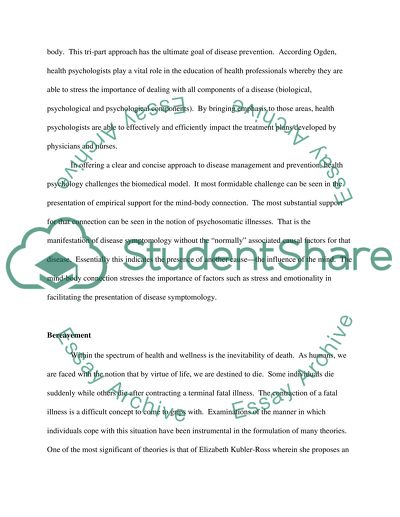Cite this document
(“Biomedical model of Health and Illness Essay Example | Topics and Well Written Essays - 2000 words”, n.d.)
Retrieved from https://studentshare.org/health-sciences-medicine/1499231-biomedical-model-of-health-and-illness
Retrieved from https://studentshare.org/health-sciences-medicine/1499231-biomedical-model-of-health-and-illness
(Biomedical Model of Health and Illness Essay Example | Topics and Well Written Essays - 2000 Words)
https://studentshare.org/health-sciences-medicine/1499231-biomedical-model-of-health-and-illness.
https://studentshare.org/health-sciences-medicine/1499231-biomedical-model-of-health-and-illness.
“Biomedical Model of Health and Illness Essay Example | Topics and Well Written Essays - 2000 Words”, n.d. https://studentshare.org/health-sciences-medicine/1499231-biomedical-model-of-health-and-illness.


